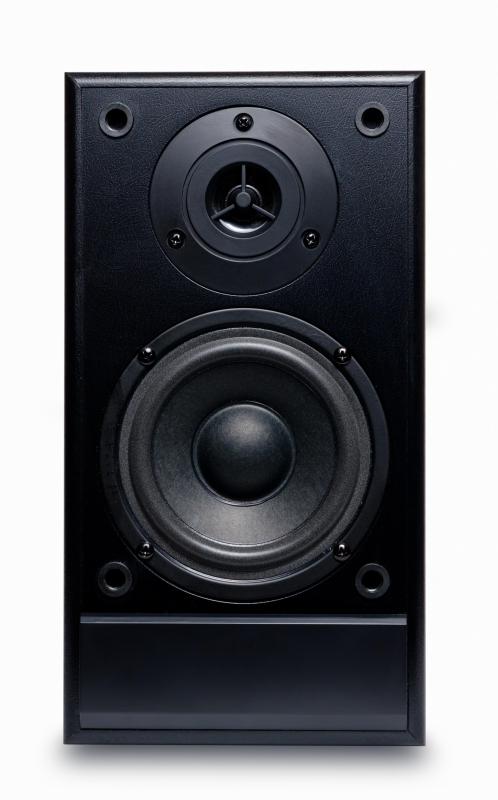At WiseGEEK, we're committed to delivering accurate, trustworthy information. Our expert-authored content is rigorously fact-checked and sourced from credible authorities. Discover how we uphold the highest standards in providing you with reliable knowledge.
What Are the Different Types of Home Theater in-Wall Speakers?
There are many different types and configurations of home theater in-wall speakers, including single speakers and full arrays. Single woofers, tweeters and mid-range speakers can be well suited to a home theater enthusiast who enjoys mixing and matching components, while full arrays allow for an easy drop-in installation. Some home theater in-wall speakers also have additional features, such as grills that can be painted to match the surrounding wall. It is typically necessary to supplement these speakers with a subwoofer, though there are also wall- and floor-mountable low frequency speakers available as well. Another similar category of speakers can be mounted flush into a ceiling, which can allow for a uniformly clean home theater installation.
Home theater in-wall speakers are similar to regular home theater speakers, except that they do not have cabinets. Instead of cabinets, these speakers have mounting hardware so that they can be installed into holes that have been cut into the walls of a room. The wall, in effect, becomes the speaker cabinet, allowing for a clean, unobtrusive installation. These speakers can provide the same level of sound quality that traditional speakers do, though that depends largely on the specific speakers in question.

The two primary types of home theater in-wall speakers are single speakers, and arrays. Single in-wall speakers consist of one cone that is designed for a specific frequency range of sounds, such as a woofer, mid-range, or tweeter. In-wall speaker arrays typically include a number of speakers inside one frame, in order to produce a full range of sounds. These home theater in-wall speakers sometimes come in systems that include enough units to wire up a full surround sound system. Some in-wall speakers have grills that can be painted to match the wall, while others mount perfectly flush with the drywall.

Home theater systems that use in-wall speakers typically still need some type of subwoofer to recreate low frequency sounds, and the low frequency effects (LFE) channel in surround sound systems. It is possible to use a traditional subwoofer, though there are also units that can be mounted in a wall or the floor. In some cases the vibrations generated by an in-floor subwoofer can result in a more immersive surround sound experience.
Some surround sound home theater systems make use of channels that are intended to originate from above the listener's head. Elevated in-wall speakers can be used for these channels, though in-ceiling speakers are another similar option. This subcategory of in-wall speakers also lack cabinets, and can be installed directly into holes that have been cut into ceilings.
AS FEATURED ON:
AS FEATURED ON:












Discuss this Article
Post your comments